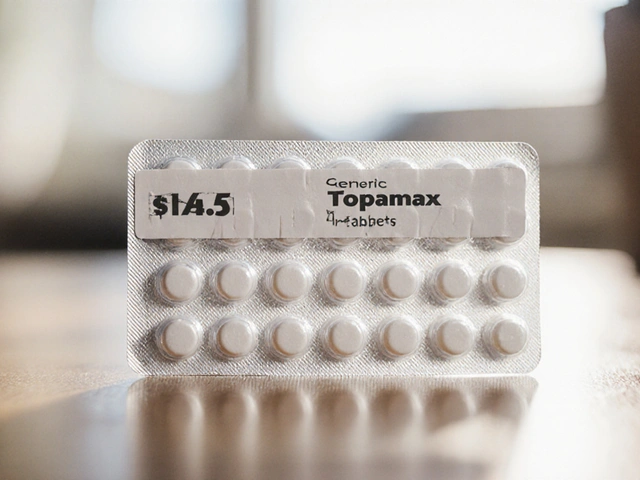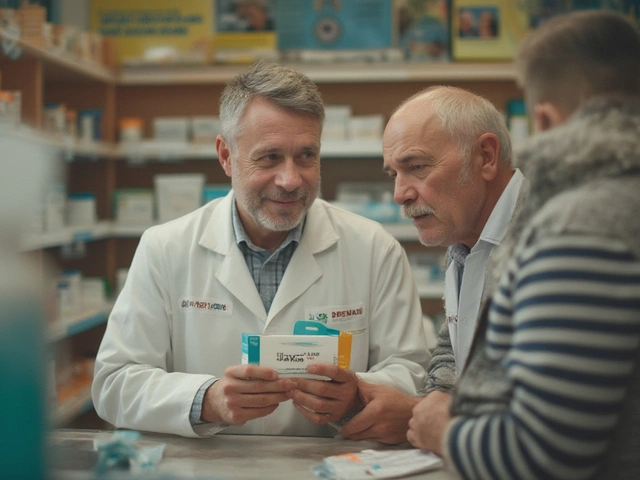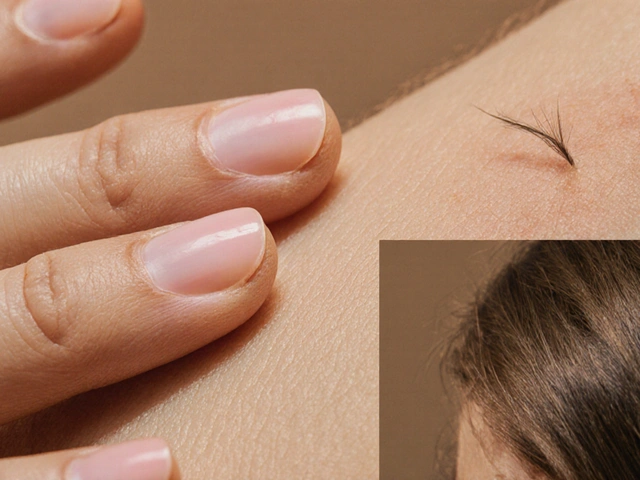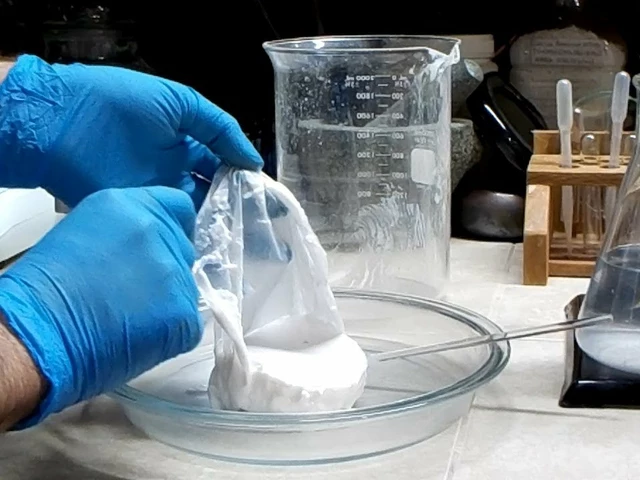Parasitic Infection Treatment: Options, Diagnosis, and Prevention
When dealing with parasitic infection treatment, the process of eliminating parasites that have invaded the body and restoring health. Also known as parasitic disease therapy, it blends medicine, lab work, and lifestyle changes. You’ll quickly see that a solid diagnosis is the backbone of any cure, because the right drug depends on the parasite’s type and where it lives in the body. That’s why antiparasitic medication, drugs designed to kill or inhibit parasites and parasite diagnosis, lab tests that identify the exact organism are tightly linked. Travel plans, water sources, and food habits also shape treatment choices, making travel health, pre‑travel advice and post‑trip care a key piece of the puzzle. In short, treating parasitic infections means matching the right medicine to a confirmed parasite while also addressing where you got exposed.
Key Aspects of Treating Parasitic Infections
The heart of parasitic infection treatment lies in the drugs themselves. Common classes include nitroimidazoles like metronidazole for anaerobic protozoa, benzimidazoles such as albendazole for helminths, and macrocyclic lactones like ivermectin for many ectoparasites. Each class targets a specific weakness: metronidazole disrupts DNA synthesis, albendazole blocks tubulin formation, and ivermectin opens chloride channels leading to paralysis. Choosing the correct drug means knowing the parasite’s life cycle, its tissue tropism, and any resistance patterns in the region. For instance, a traveler returning from Southeast Asia with a suspected hookworm infection will likely receive albendazole, while a case of giardiasis acquired from contaminated water calls for metronidazole or tinidazole. Side‑effects vary – some people feel mild nausea with metronidazole, others may experience dizziness with ivermectin – so clinicians weigh benefits against risks and often schedule follow‑up labs to confirm clearance. When lab results are unavailable, empiric therapy based on symptoms and exposure history is sometimes used, but it’s less reliable and can fuel resistance. That’s why accurate parasite diagnosis, microscopy, antigen tests, or PCR that pinpoint the culprit is essential before starting long courses of medication.
Prevention and post‑treatment care are just as important as the pills. Good hygiene – washing hands with soap, drinking filtered water, cooking meat thoroughly – cuts the odds of acquiring many parasites. For people heading to endemic zones, travel health, pre‑travel vaccinations, prophylactic drugs and advice on safe food and water can dramatically lower infection risk. If you do get sick, early medical attention shortens disease duration and reduces complications like anemia from hookworms or organ damage from liver flukes. After finishing a drug regimen, a repeat stool exam or antigen test confirms the parasite is gone; without this check‑up, hidden infections can rebound. Public health measures – sanitation infrastructure, vector control, community education – also play a big role in keeping infection rates down. By combining precise diagnosis, appropriate antiparasitic medication, and solid preventive habits, you create a full‑circle approach that not only treats the current infection but also guards against future ones.
Below you’ll find a curated set of articles that dive deeper into specific drugs, diagnostic tools, and travel‑related tips, giving you actionable insights to manage parasitic infections effectively.
Albendazole vs Other Anthelmintics: Detailed Comparison of Alternatives
A detailed side‑by‑side comparison of Albendazole with mebendazole, ivermectin, praziquantel and nitazoxanide, covering uses, dosage, safety, cost and how to pick the right drug.
About
Medications
Latest Posts


Biaxin Uses, Dosages, and Side Effects: Detailed Guide for Patients
By Marcel Kornblum Jul 1, 2025

Unlock the Health Benefits of Peanut Oil: A Comprehensive Guide to This Dietary Supplement
By Marcel Kornblum Jun 2, 2023

Hidden Signs of Vitamin Deficiency in Nails, Skin, and Hair
By Marcel Kornblum Oct 10, 2025

